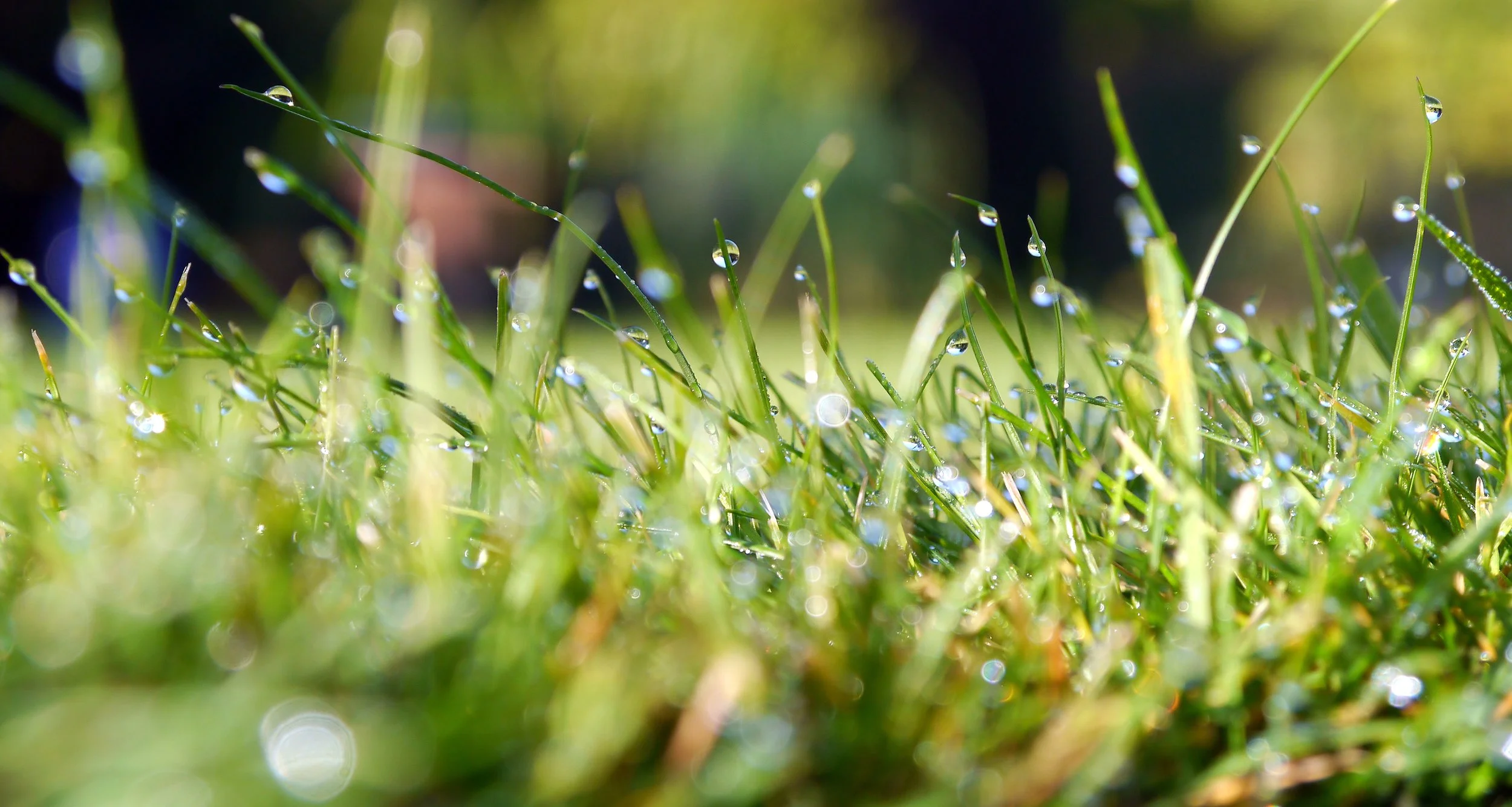16 local wildflowers you can spot on your next hike
/Keep your eye out for these colorful blooms along the Potomac River!
butterflyweed. photo by virginia state parks via flickr (CC BY 2.0)
Locally evolved plants do wonders for the Potomac River. They help bolster the river’s defense against polluted runoff, provide food and habitat for wildlife, and make the outdoors more beautiful!
Now that spring is almost here, you might be wondering what native wildflowers you’ll be able spot around the river, and when? Well, the answer isn’t so simple.
There are hundreds of types of wildflowers that have evolved in the Potomac River region, but the rapidly warming climate is complicating their growing cycles. This makes it difficult to know when they are in bloom.
Climbing temperatures cause many species to bloom earlier and longer, including DC’s cherry blossoms, which can negatively impact pollinators and puts entire ecosystems under stress.
While disconcerting, this changing reality reminds us just how vital these delicate, free-spirited flowers are to our ecosystem, and why it’s more important than ever to keep an eye on them.
Get to know the rainbow bounty that’s about to explode beside the Potomac River, and amaze your hiking buddies with your expert wildflower trivia!
Click through the photos below to see our favorite local flowers—and find out when they’ll start popping up! 🌷
Potomac River Wildflower Calendar:
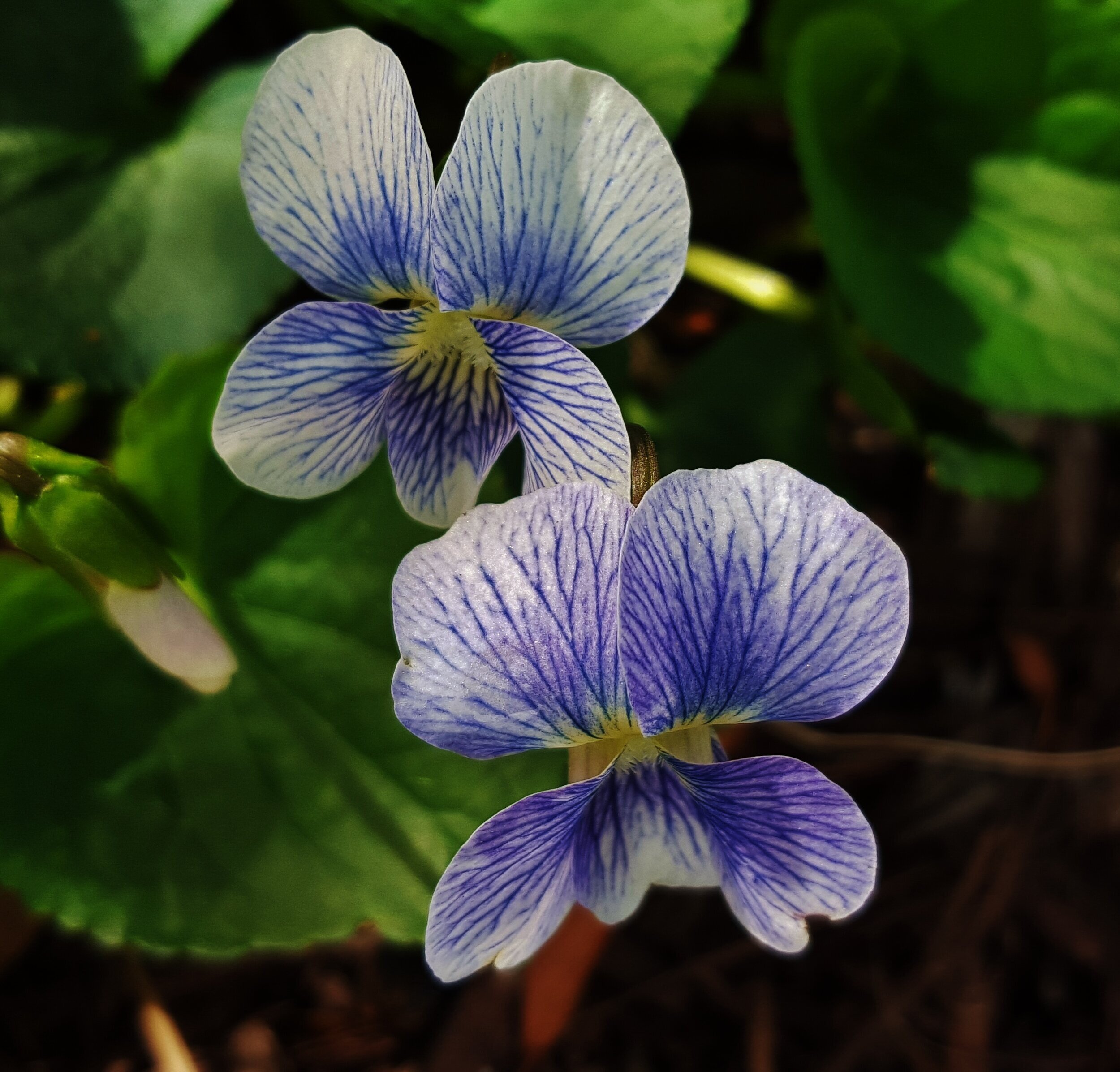

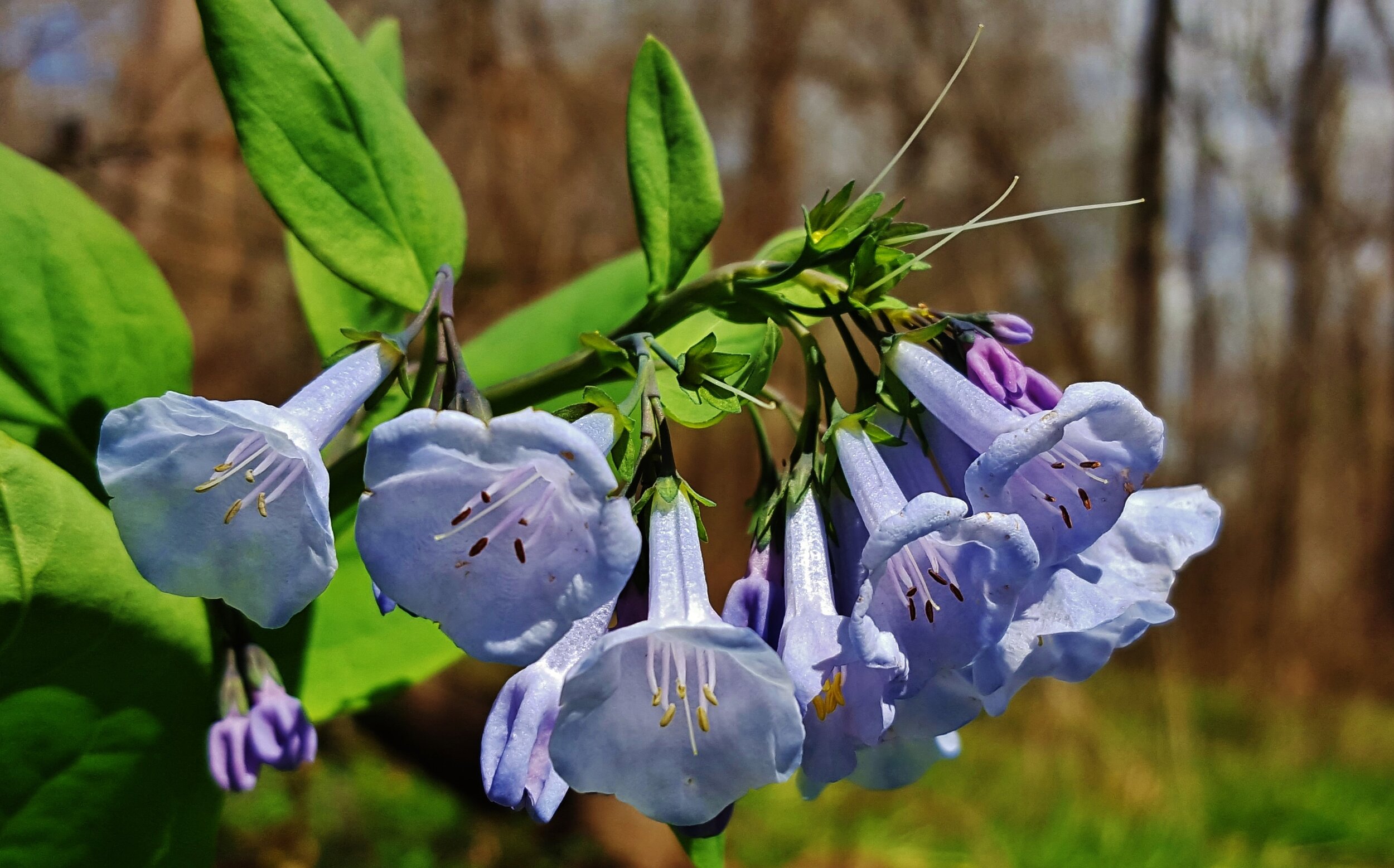
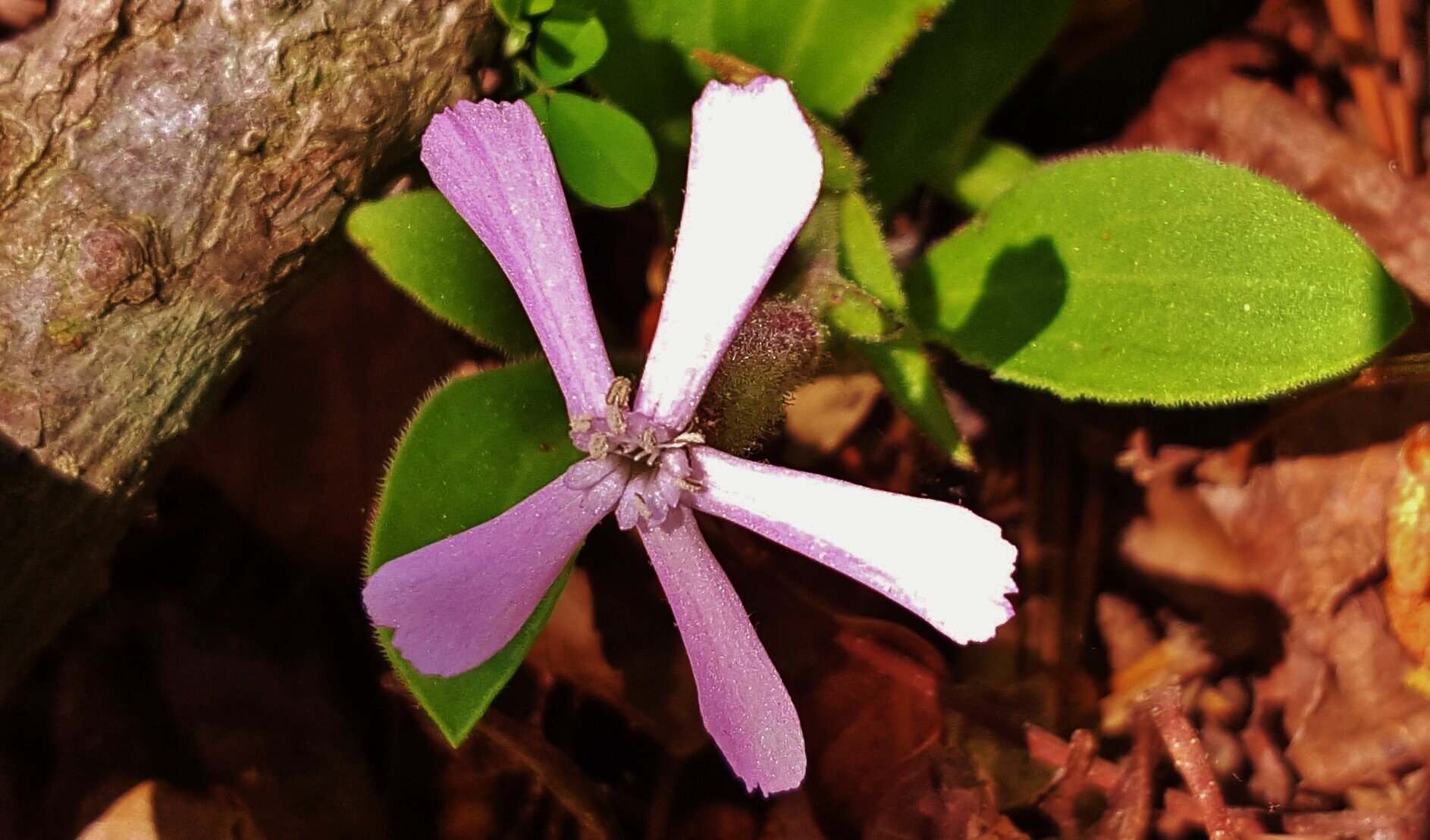
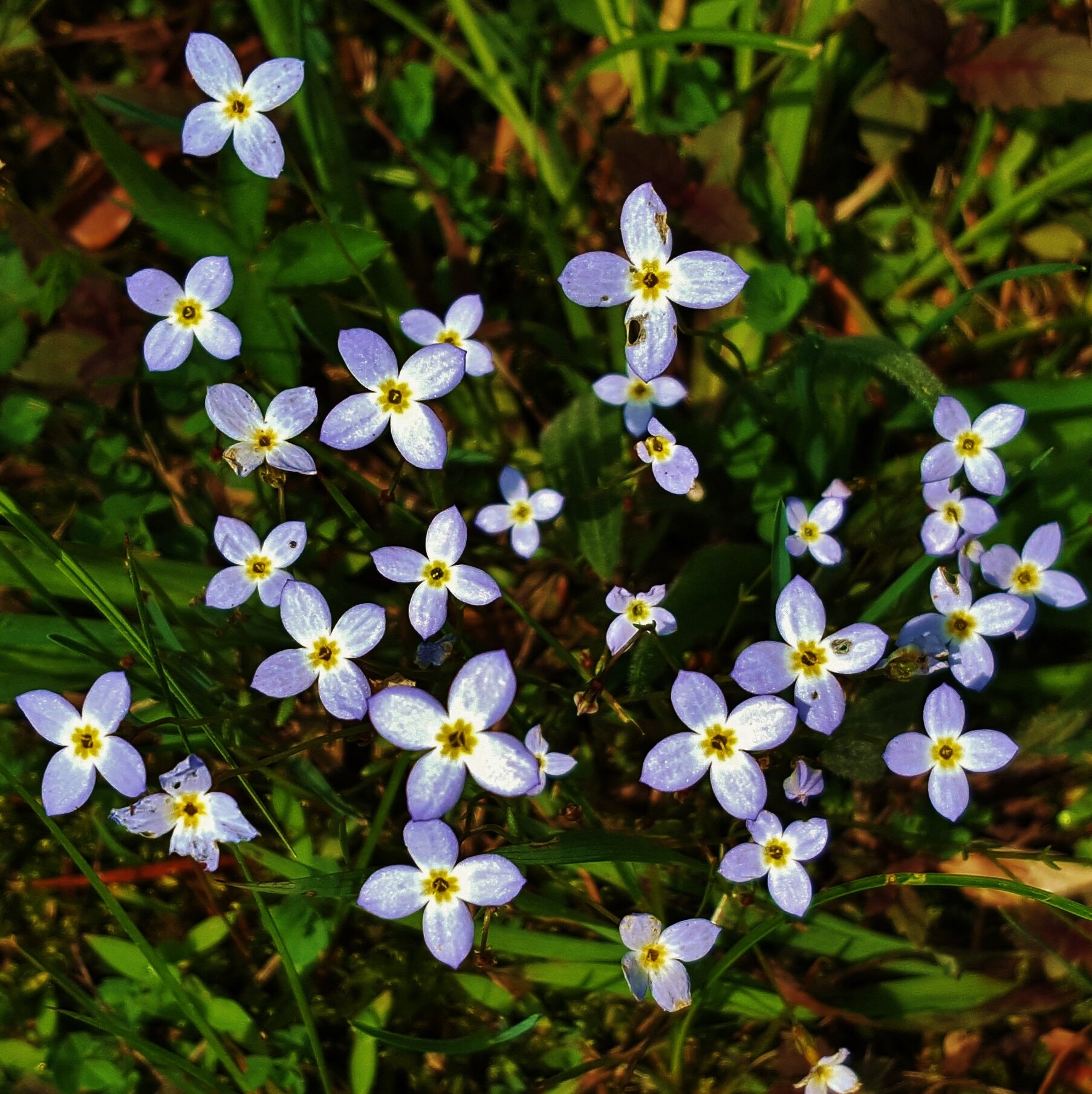
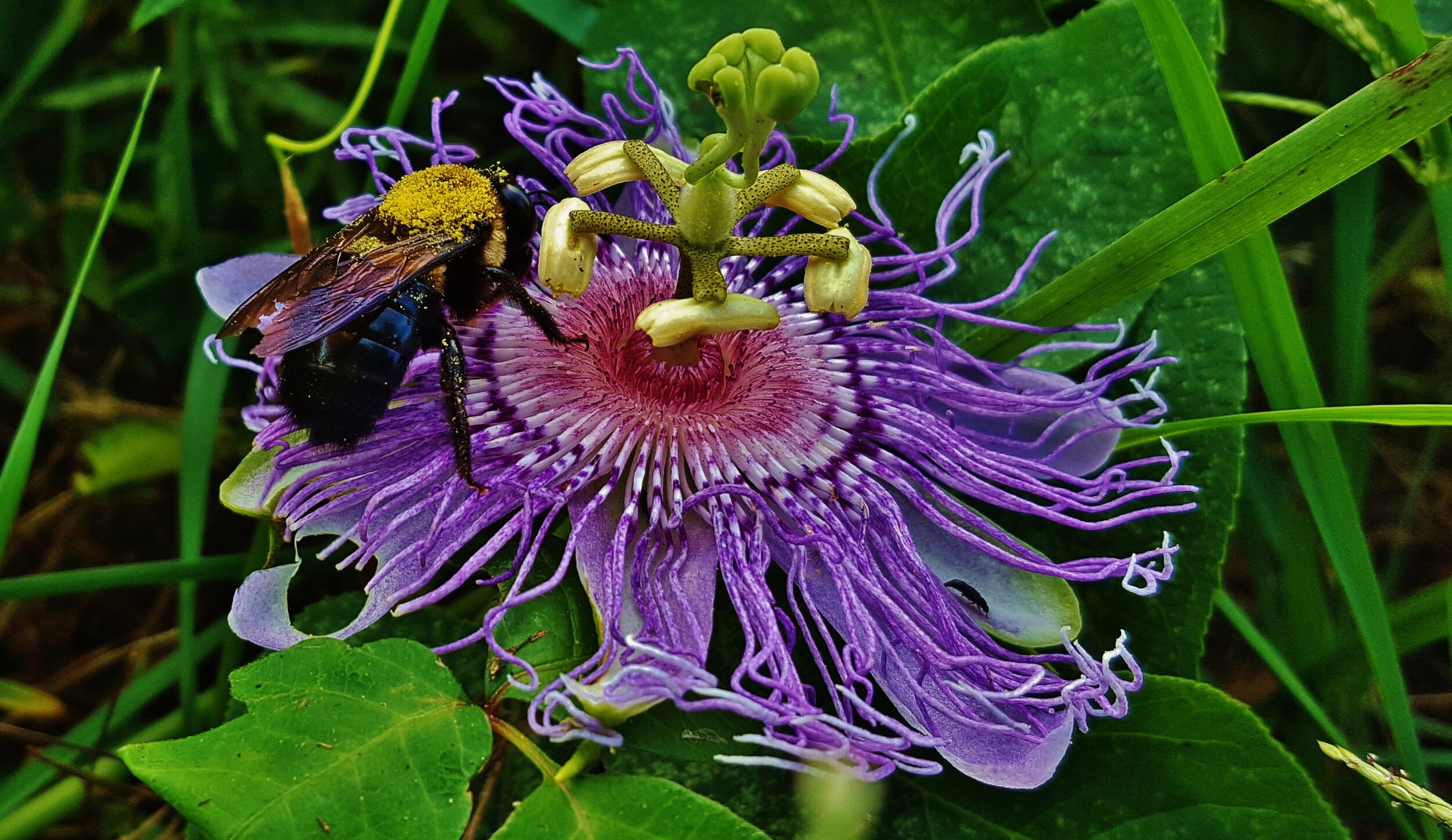
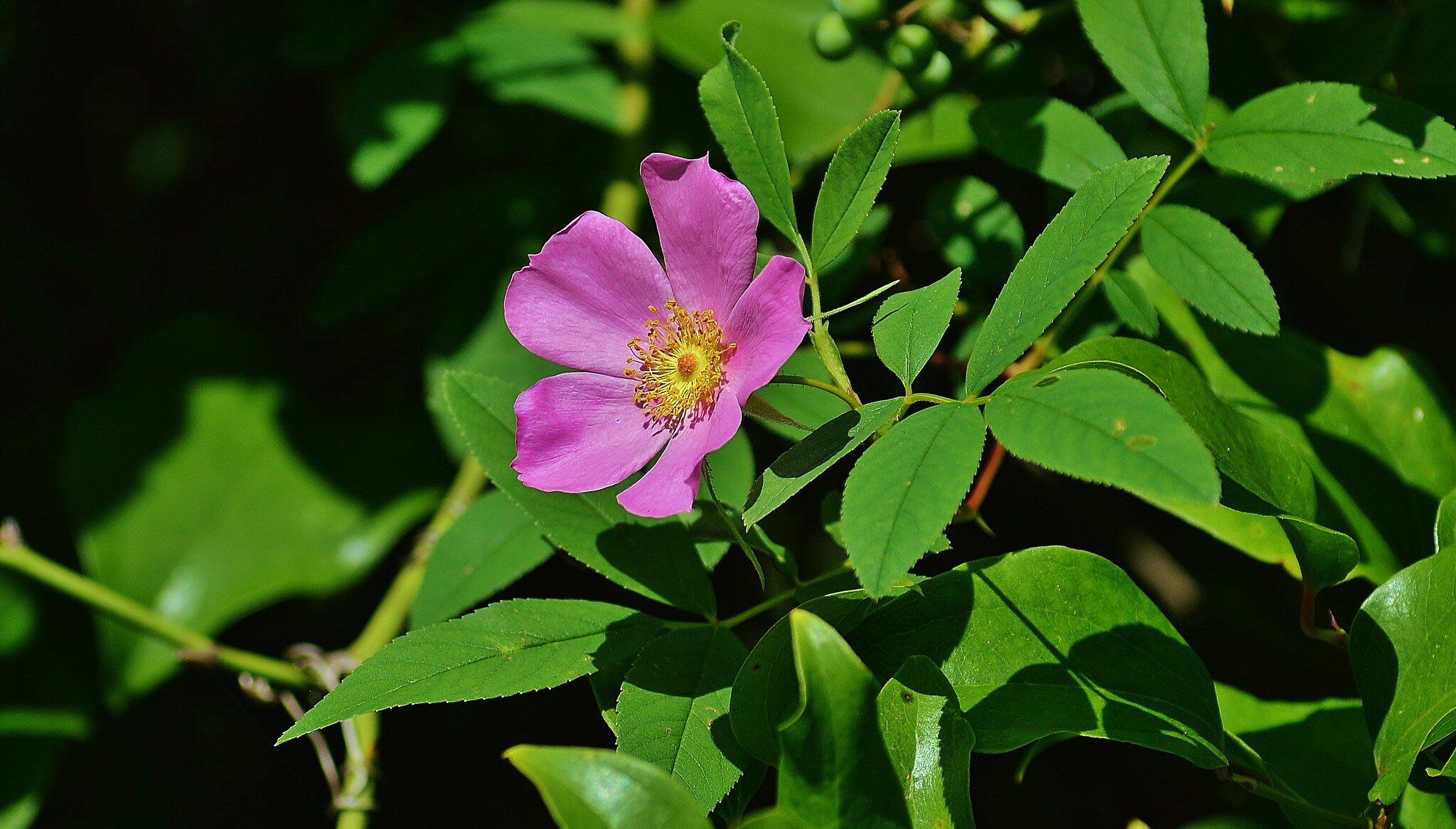
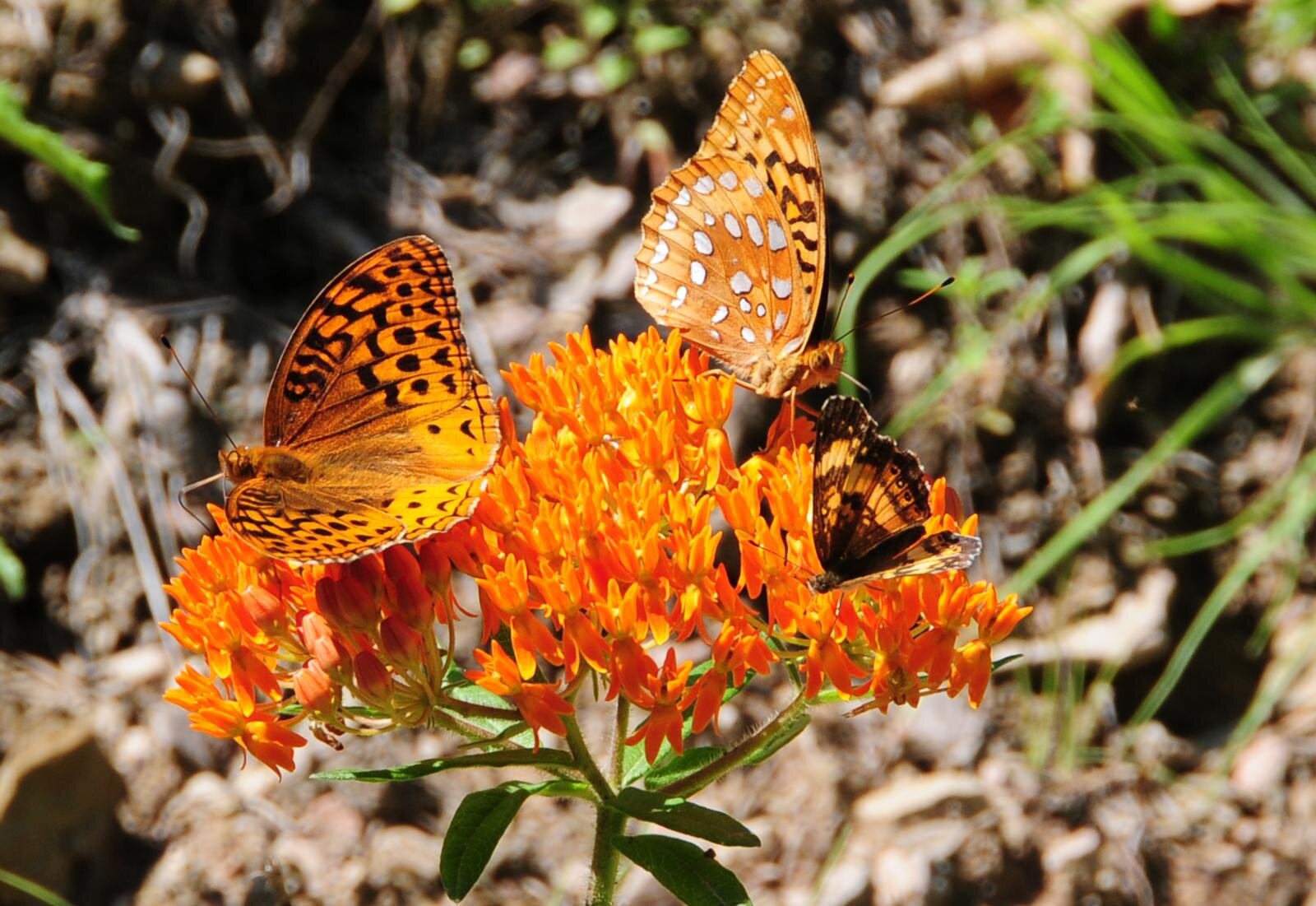
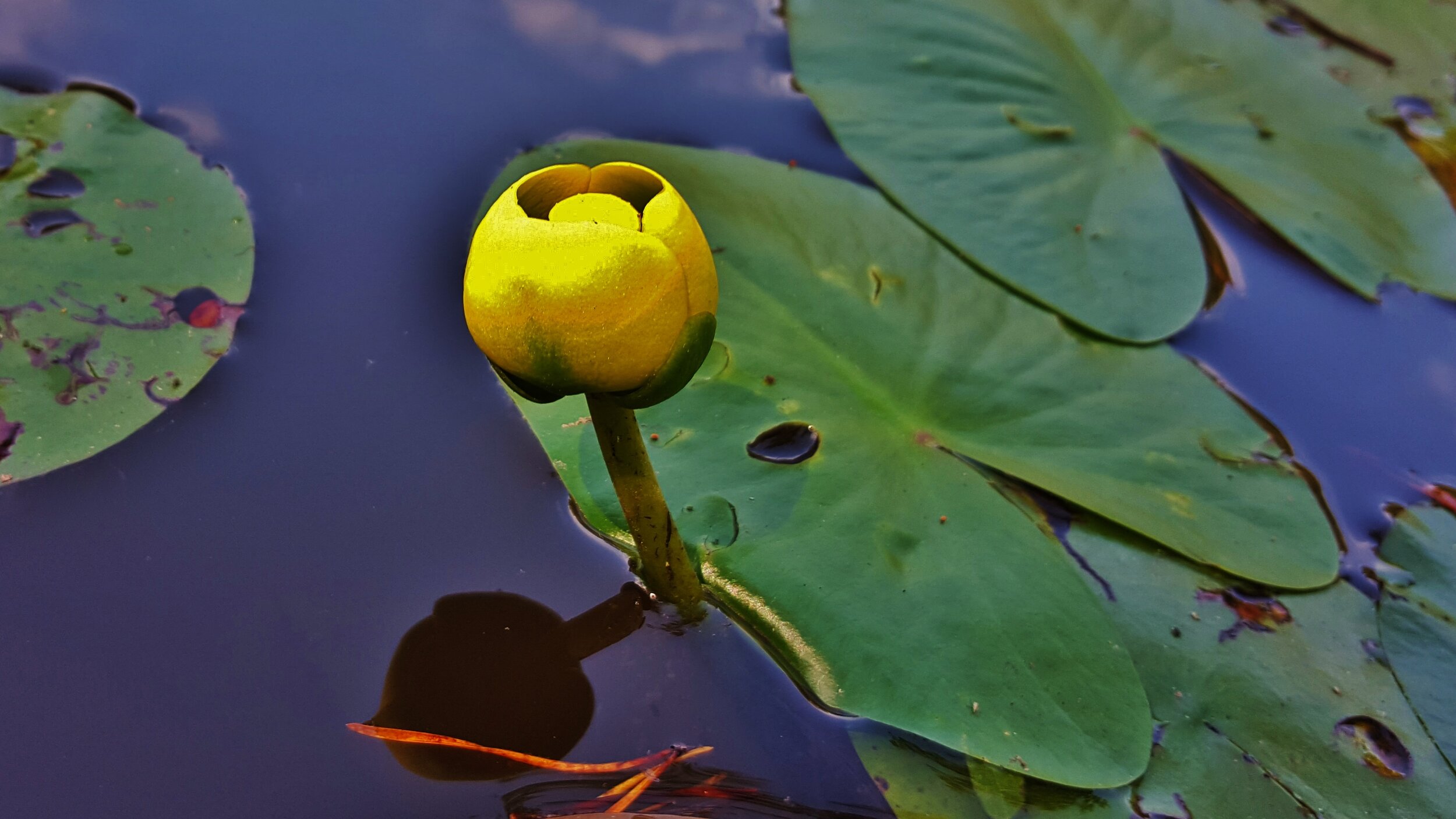
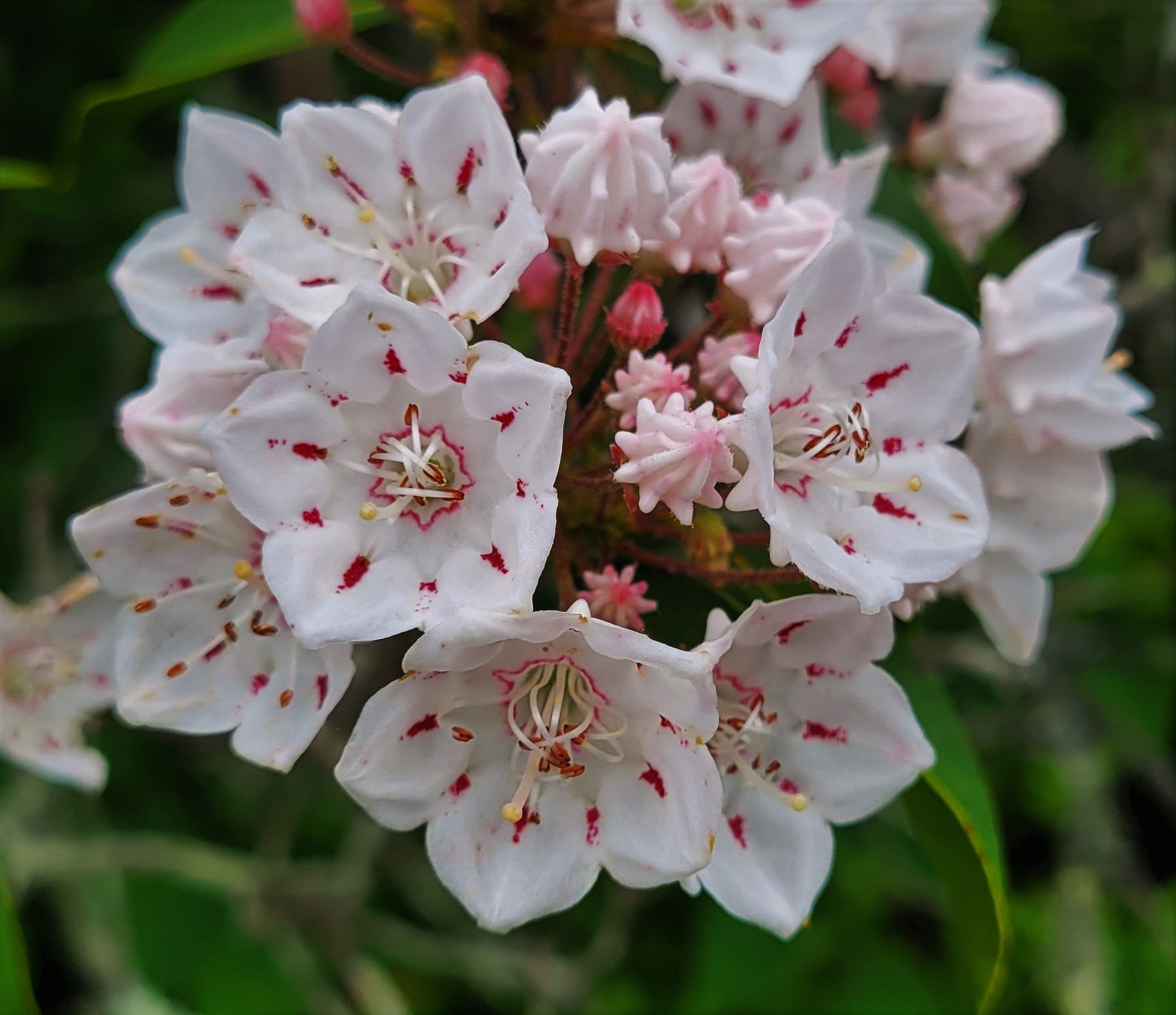
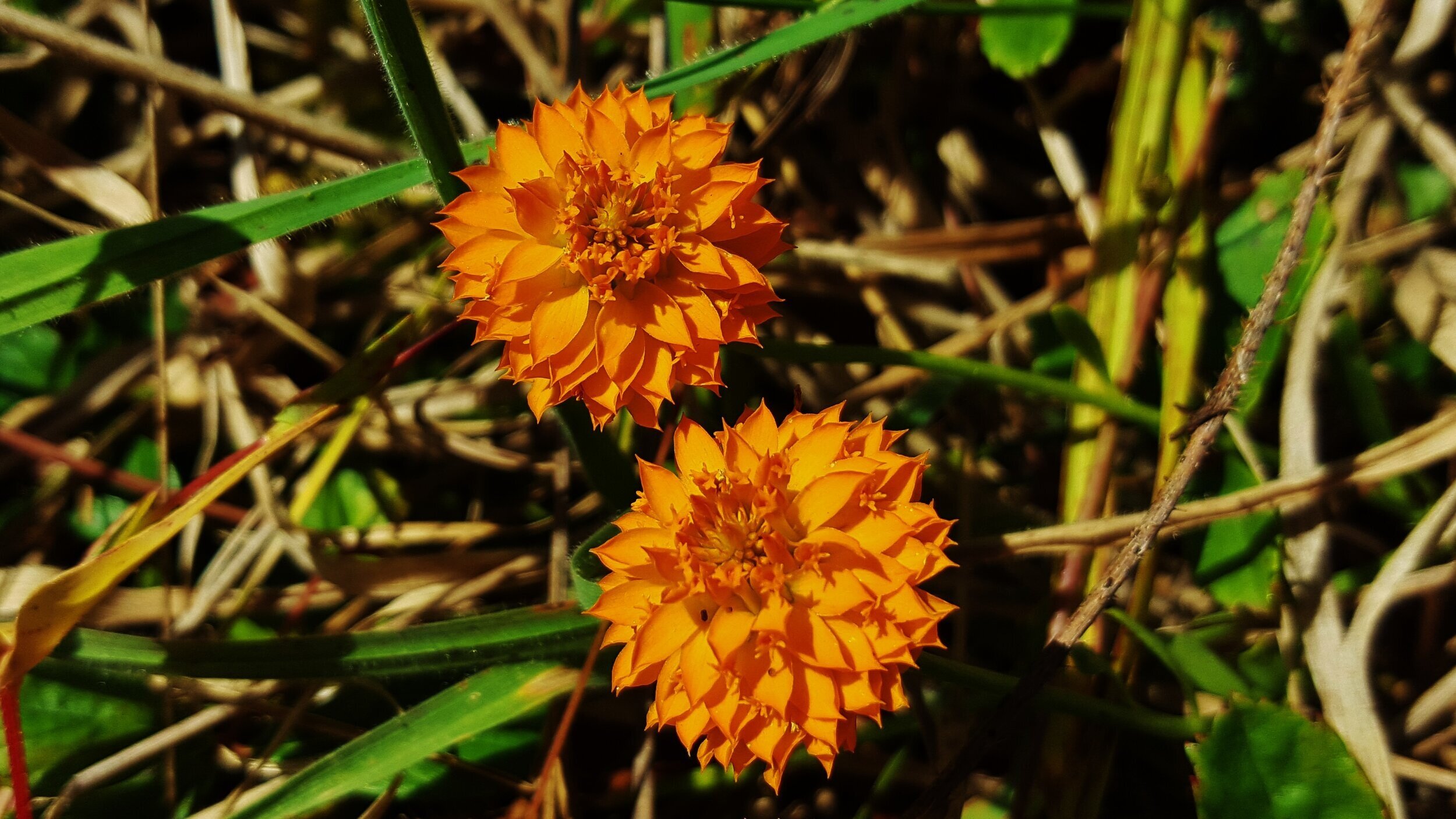
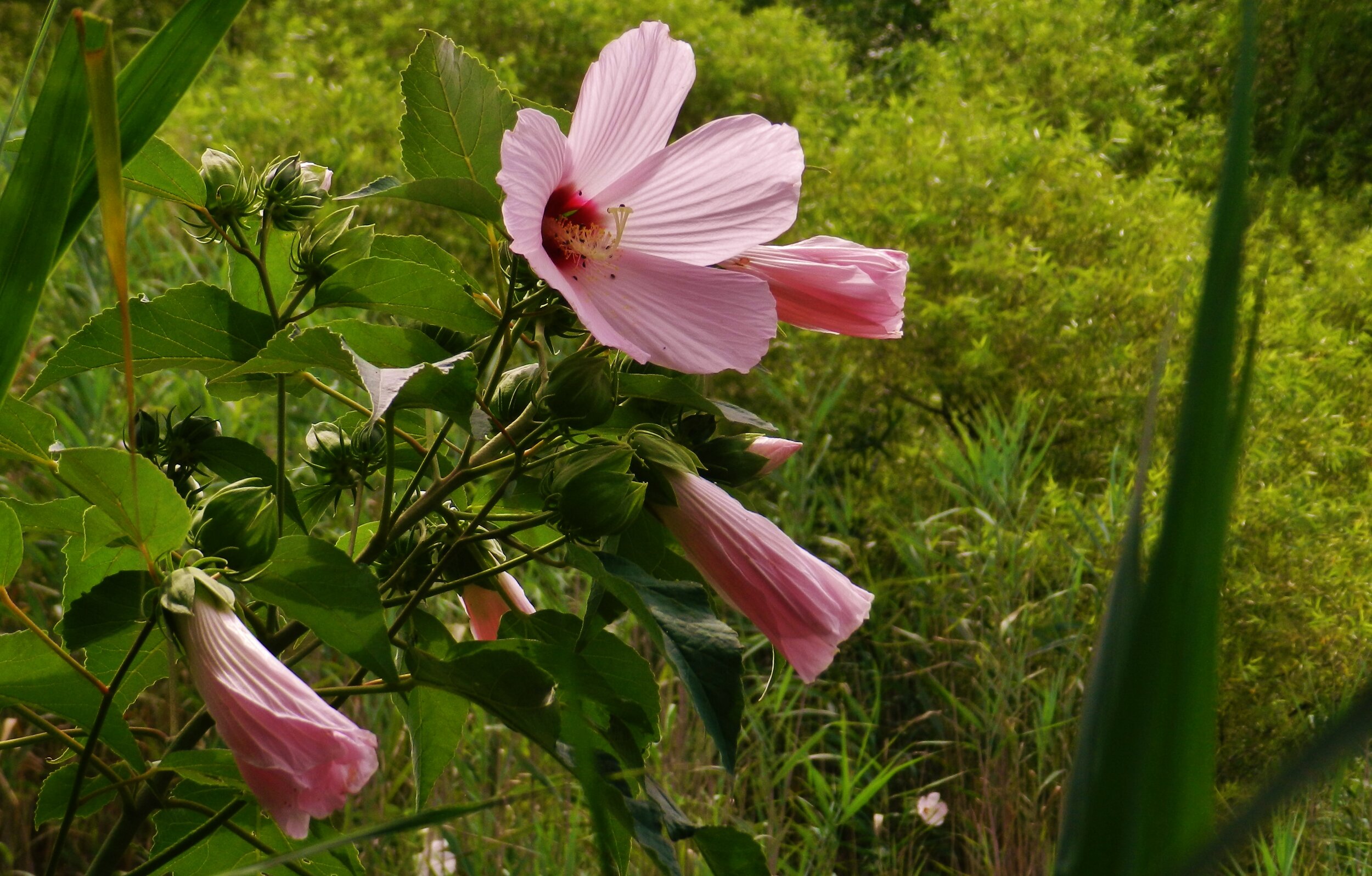
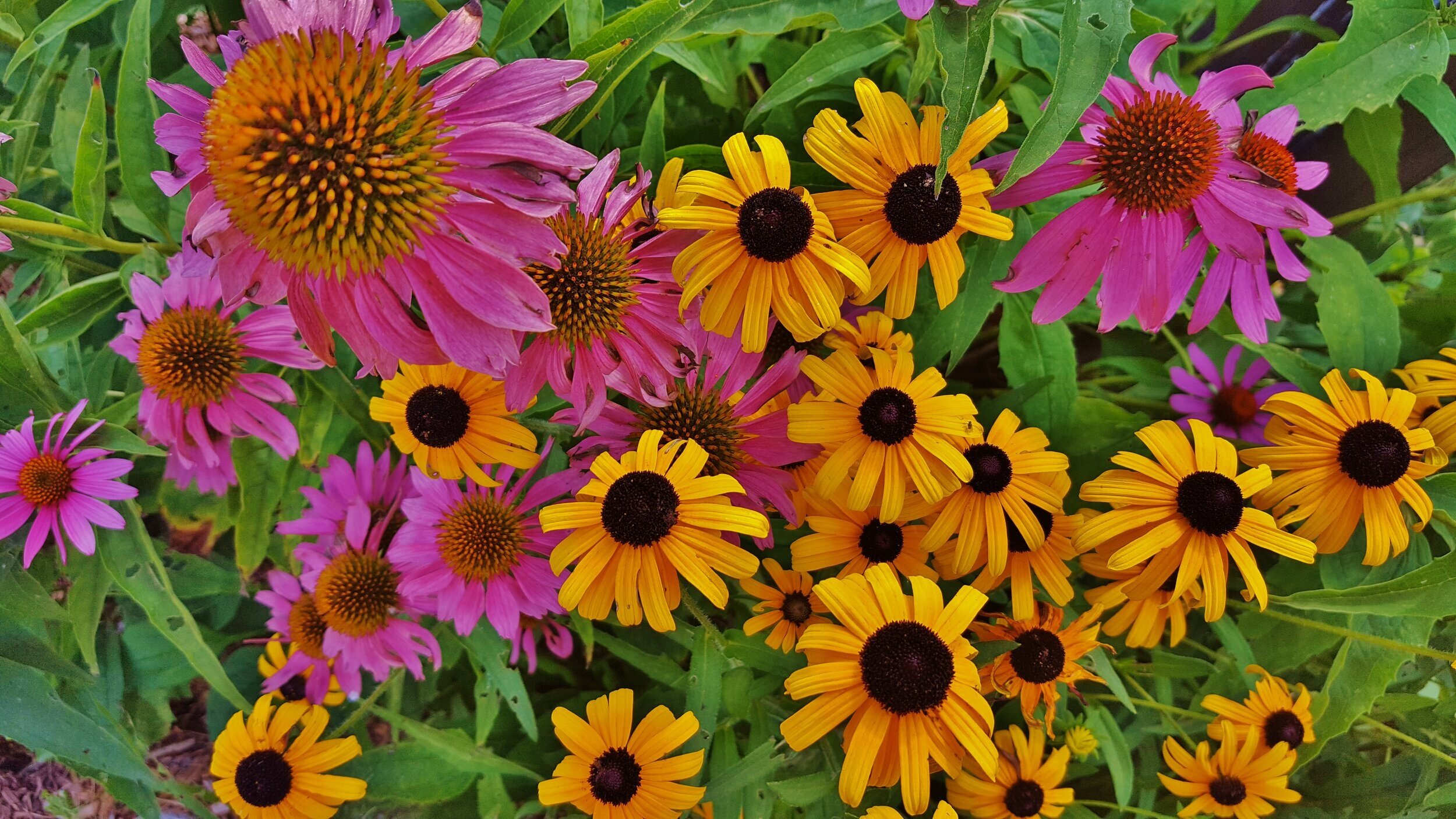
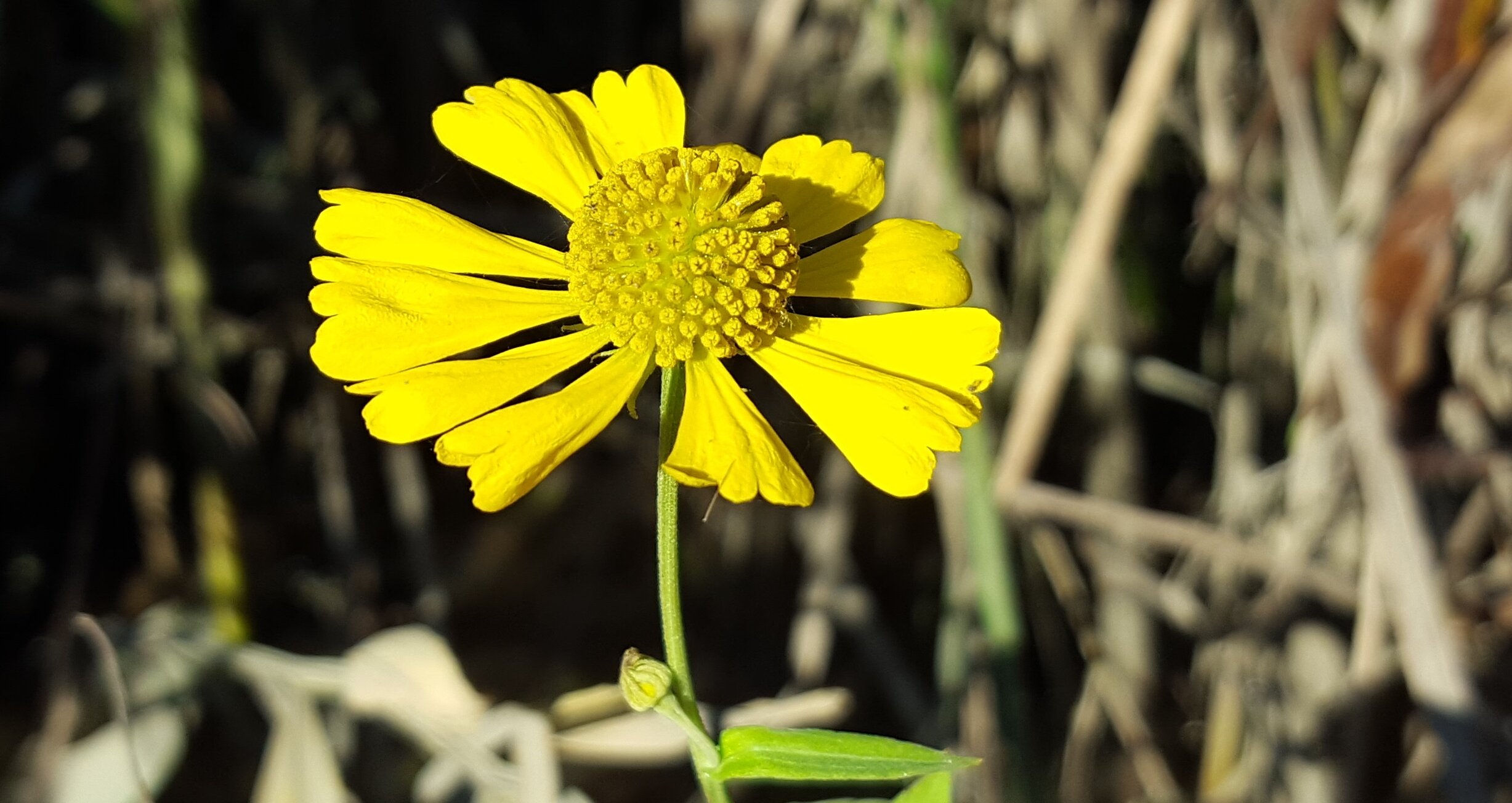
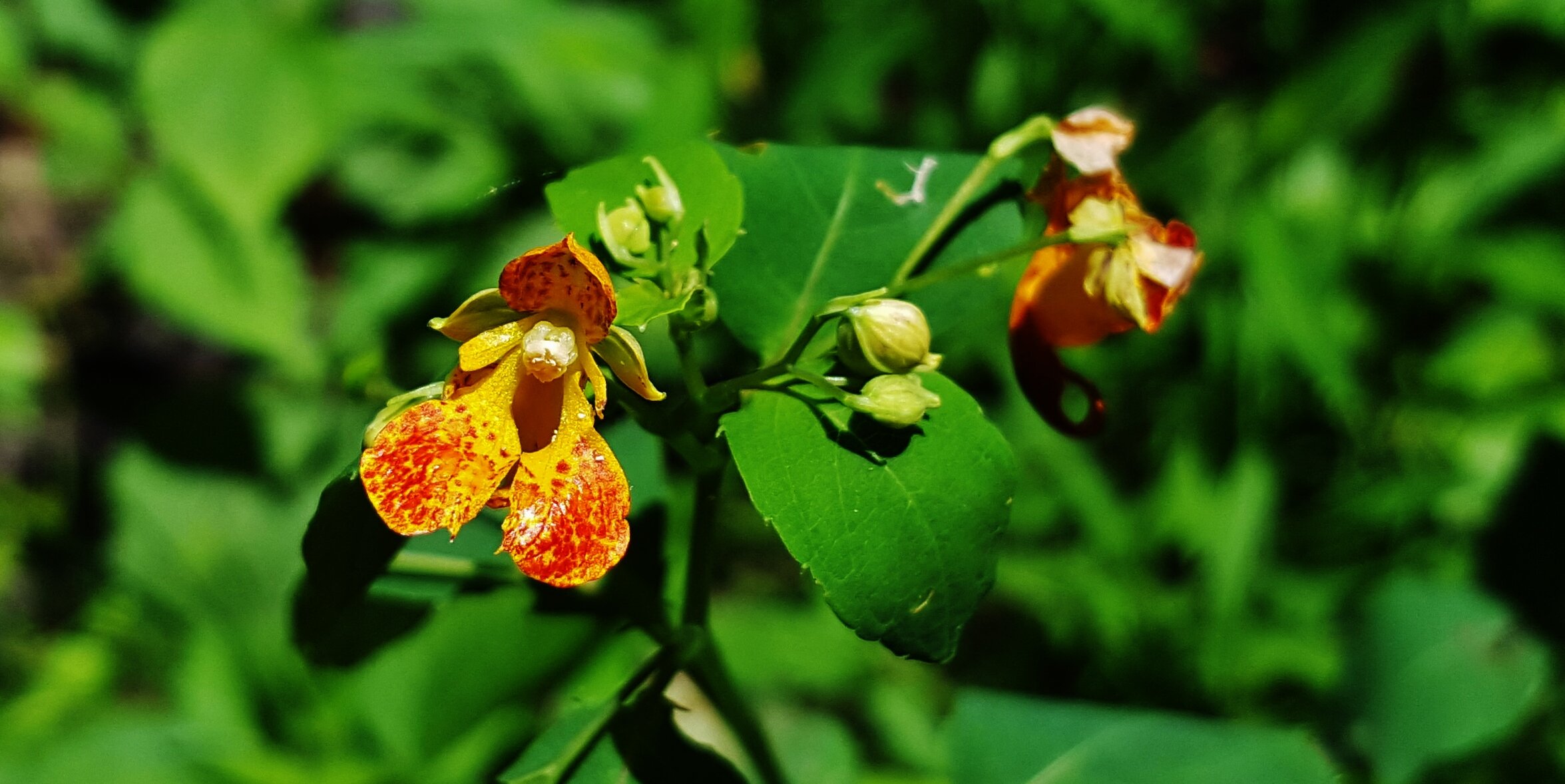
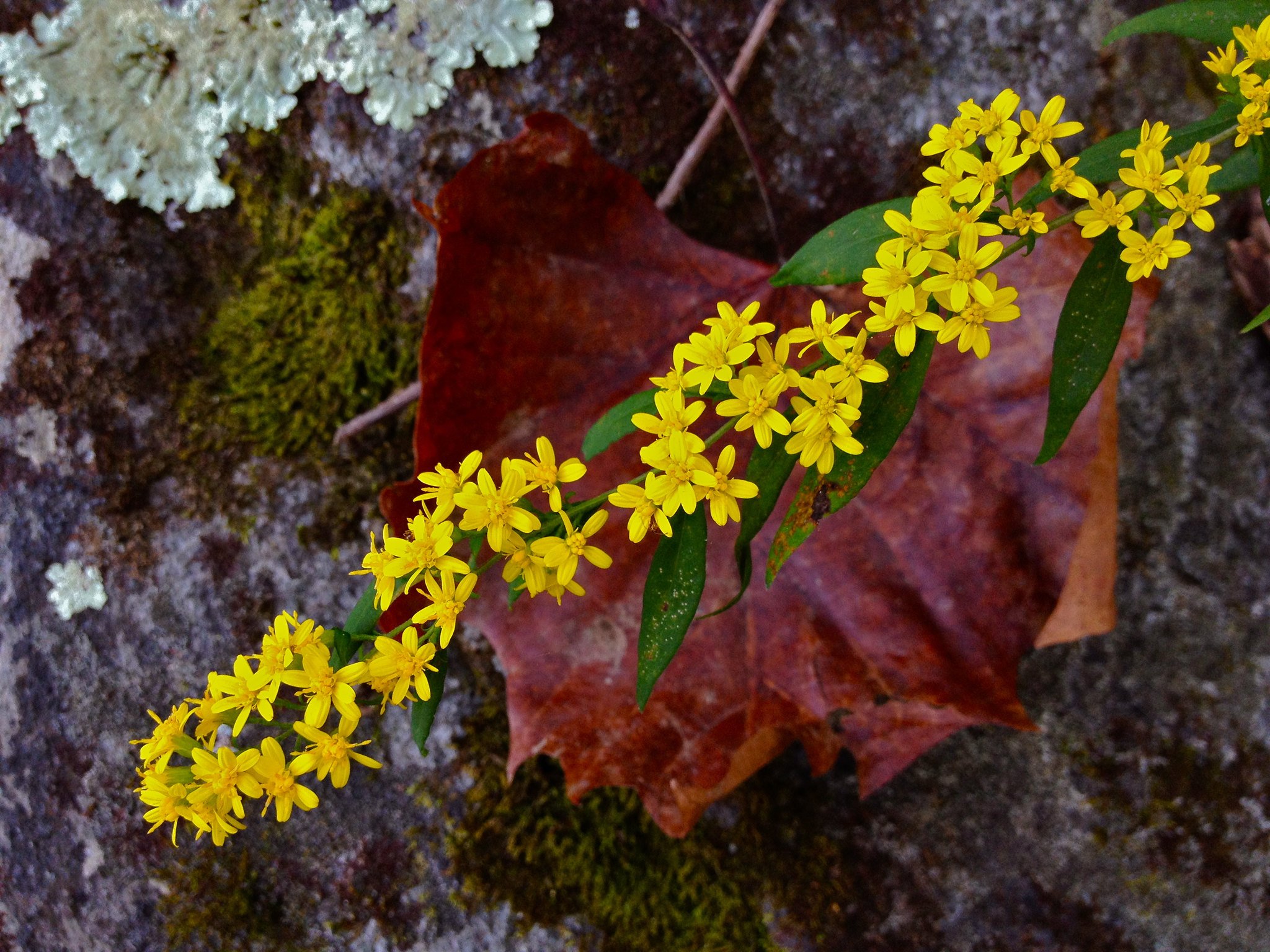
Source: Lady Bird Johnson Wildflower Center Plant Database.
Photos courtesy of Matthew Beziat via Flickr. Wreath Goldenrod photo courtesy of Fritz Flohr Reynolds via Flickr.
Now that you know a snowdrop from a spatterdrock,
it’s time to show us your favorite wildflower finds!
As you head outside for spring hikes, snap the coolest flowers
you spot and tag us in your photos with:
🌼We can’t wait to see your best blooms!🌻
(P.S. Spot a flower not on this list? Use the iNaturalist app
to help identify it and contribute to community science!)










